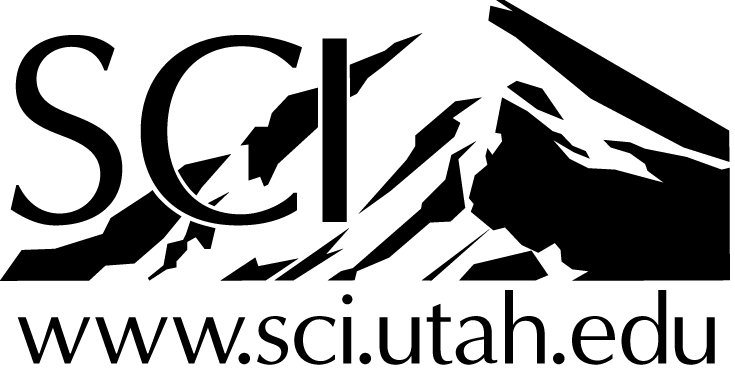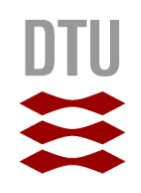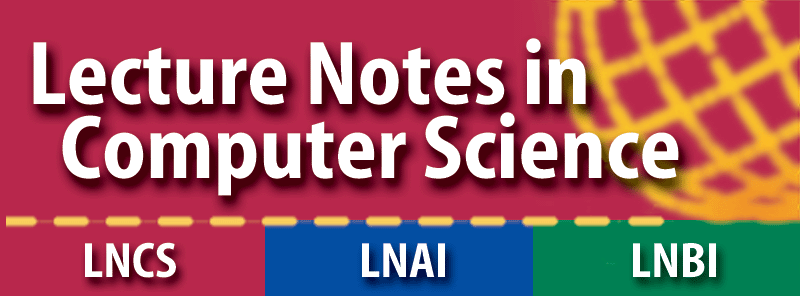About
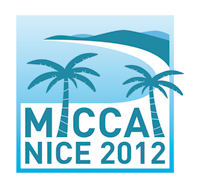 MICCAI Workshop on Mesh Processing in Medical Image Analysis
MICCAI Workshop on Mesh Processing in Medical Image AnalysisIn conjunction with MICCAI 2012.
Novotel Hotel, first floor, Rooom Cheret
Nice, France
October 1, 2012 Registration at the Acropolis Convention Center. Printable workshop flyer.
Scope
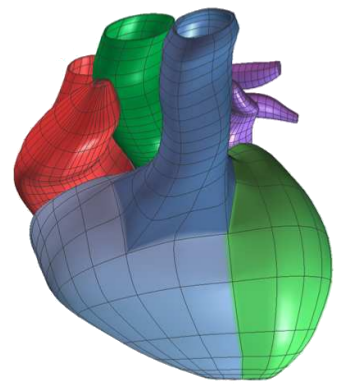 Many strategies for medical image analysis have been built on an
image analysis pipeline that starts with acquired image data,
performs filtering and processing, constructs geometric models of
important surfaces and structures, performs simulation, and finally
provides quantitative and visual analysis of the data. Within this
pipeline, geometry and shape are commonly represented as a mesh, or a
discretization of some domain into simpler computational elements such as
quads or triangles (representative of surface pieces) or tetrahedra and
hexahedra (representative of volumetric elements). This
image-to-mesh (I2M) step converts volumetric images into formats
that are more suitable for solving finite-element simulations, analyzing
critical structures, and performing boundary surface visualization tasks.
Current research in computational geometry, graphics hardware, and
computer graphics has produced methods to represent, extract, refine,
visualize and analyze both critical surfaces embedded in the 3D volumes,
such as interfaces between tissues, as well as volumetric regions, such as
organs.
Many strategies for medical image analysis have been built on an
image analysis pipeline that starts with acquired image data,
performs filtering and processing, constructs geometric models of
important surfaces and structures, performs simulation, and finally
provides quantitative and visual analysis of the data. Within this
pipeline, geometry and shape are commonly represented as a mesh, or a
discretization of some domain into simpler computational elements such as
quads or triangles (representative of surface pieces) or tetrahedra and
hexahedra (representative of volumetric elements). This
image-to-mesh (I2M) step converts volumetric images into formats
that are more suitable for solving finite-element simulations, analyzing
critical structures, and performing boundary surface visualization tasks.
Current research in computational geometry, graphics hardware, and
computer graphics has produced methods to represent, extract, refine,
visualize and analyze both critical surfaces embedded in the 3D volumes,
such as interfaces between tissues, as well as volumetric regions, such as
organs.
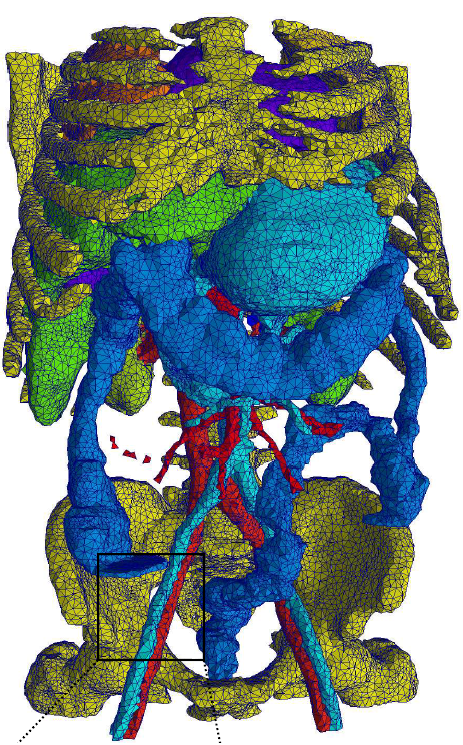 The workshop investigates the role meshes have with medical image
analysis and is broadly based on three overlapping themes:
The workshop investigates the role meshes have with medical image
analysis and is broadly based on three overlapping themes:
- Mesh processing,
- The I2M pipeline,
- Surface analysis and extraction.
Proceedings
 Proceedings was published by Springer within the Lecture Notes in Computer Science (LNCS) series.
Proceedings was published by Springer within the Lecture Notes in Computer Science (LNCS) series.
Best paper prize
The best paper prize was awarded to Thomas Albrecht for the paper Automatic Fracture Reduction..Registration
Registration for the workshop is handled trough the main MICCAI conference.Organisers
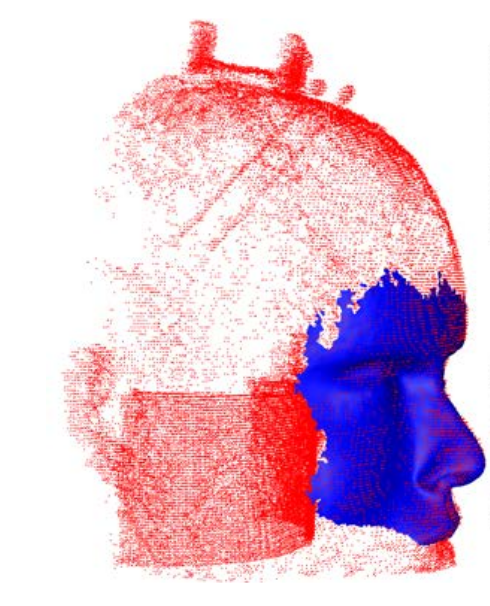
- Nikos P. Chrisochoides, Old Dominion University, USA
- Joshua A. Levine, SCI Institute, University of Utah, USA
- Rasmus R. Paulsen, Technical University of Denmark, Denmark
- Sylvain Prima, IRISA / INRIA Rennes, France
- Ross T. Whitaker, SCI Institute, University of Utah, USA
- Yongjie Zhang, Carnegie Mellon University, USA
2012 Chairs
- Joshua A. Levine, SCI Institute, University of Utah, USA
- Rasmus R. Paulsen, Technical University of Denmark, Denmark
- Yongjie Zhang, Carnegie Mellon University, USA
Sponsors
The workshop is sponsored by the NIH/NCRR Center for Integrative Biomedical Computing at the Scientific Computing and Imaging Institute, University of Utah and the Department of Mathematical Modeling at the Technical University of Denmark.Contact
|
Rasmus R. Paulsen Associate Professor Informatics and Mathematical Modelling Technical University of Denmark Richard Petersens Plads Building 321, office 219 DK-2800 Kgs. Lyngby Denmark Phone: +45 4525 3423 Fax: +45 4588 1397 http://www.imm.dtu.dk/~rrp rrp at imm dot dtu dot dk |
Joshua A. Levine Postdoctoral Research Associate Scientific Computing and Imaging Institute University of Utah 72 S Central Campus Drive WEB 4660 Salt Lake City, UT 84112 USA Phone: +1-614-404-7462 Fax: +1-801-585-6813 http://www.sci.utah.edu/~jlevine jlevine at sci dot utah dot edu |
Yongjie (Jessica) Zhang Assistant Professor Department of Mechanical Engineering Carnegie Mellon University 303 Scaife Hall 5000 Forbes Avenue Pittsburgh, PA 15213 USA Phone: +1-412-268-5332 Fax: +1-412-268-3348 http://www.andrew.cmu.edu/ user/jessicaz/ jessicaz at andrew dot cmu dot edu |
